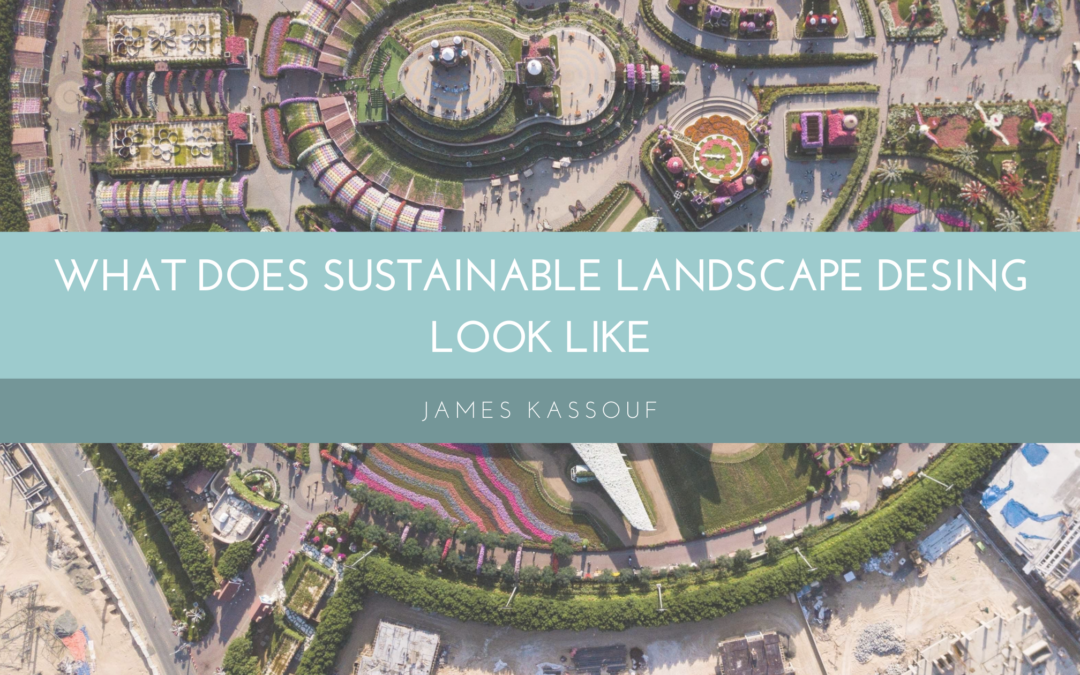In an era where environmental consciousness takes center stage, sustainable landscape design emerges as a beacon of responsible and eco-friendly practices. Unlike conventional landscaping approaches, sustainable design enhances the aesthetic appeal of outdoor spaces. It considers the long-term impact on the environment. So, what does sustainable landscape design look like?
Native Plant Selection
At the heart of sustainable landscape design is the thoughtful selection of native plants. Native species inherently adapt to local climates and ecosystems, requiring less water, fertilizer, and pesticides. By incorporating plants that thrive naturally in the region, sustainable landscapes contribute to biodiversity preservation and the overall health of ecosystems.
Water Conservation Strategies
Sustainable landscape design places a strong emphasis on water conservation. This involves the use of efficient irrigation systems, rainwater harvesting, and the incorporation of drought-tolerant plants. Innovative irrigation technologies, such as soil moisture sensors, contribute to water efficiency by ensuring that plants receive water only when needed.
Permeable Surfaces and Sustainable Hardscaping
Minimizing the impact of impervious surfaces is a crucial aspect of sustainable landscape design. Porous surfaces like permeable pavers and gravel allow rainwater to infiltrate the soil, reducing runoff and supporting groundwater recharge. Sustainable hardscaping materials, such as recycled concrete or reclaimed wood, further contribute to eco-friendly design practices.
Wildlife-Friendly Spaces
A sustainable landscape welcomes and supports local wildlife. Designing spaces that provide habitat for birds, bees, butterflies, and other pollinators fosters biodiversity. This can include the incorporation of native plants that attract wildlife, the installation of birdhouses, and the creation of pollinator-friendly gardens.
Soil Health and Conservation
Sustainable landscape design prioritizes soil health through composting, mulching, and avoiding harmful chemicals. Healthy soil supports plant growth, improves water retention, and enhances ecosystem resilience. These practices contribute to the conservation of soil resources for future generations.
Energy-Efficient Outdoor Lighting
In sustainable landscape design, outdoor lighting is approached with energy efficiency in mind. LED fixtures, solar-powered lights, and strategically placed lighting designs reduce energy consumption. It minimizes light pollution, allowing for better stargazing and maintaining a natural nocturnal environment.
Sustainable landscape design is a harmonious blend of ecological responsibility and aesthetic appeal. It goes beyond visual aesthetics to consider the environmental footprint, resource conservation, and the creation of spaces that contribute positively to the surrounding environment. By embracing sustainable landscape design principles, we enhance the beauty of outdoor spaces and contribute to a healthier and more resilient planet.

